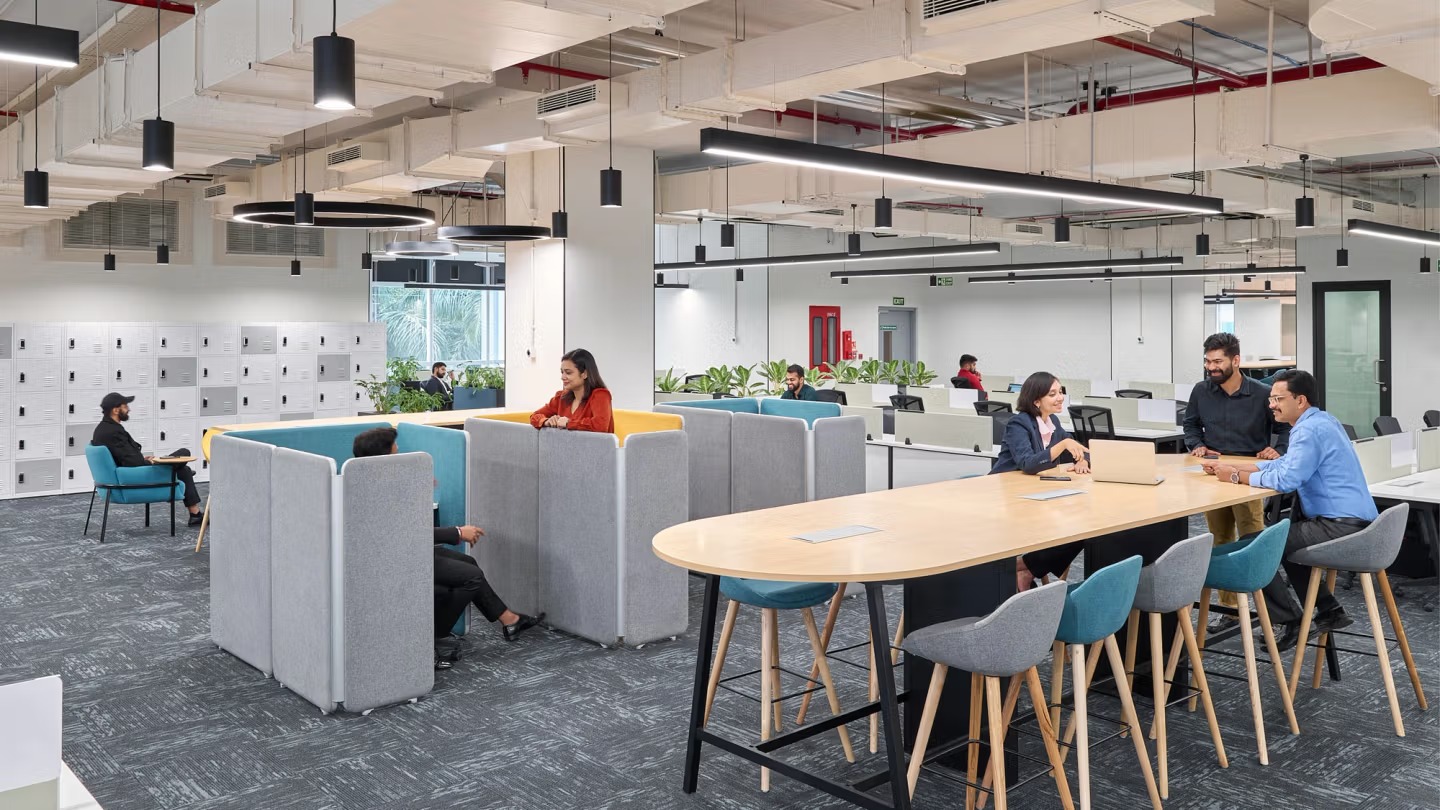The Benefits of Open Workspaces for Modern Professionals
However, that is all that it is, a concept, and in the recent past, workspaces have been revolutionized. Due to recent technological advances and trends involving increased telecommuting and new businesses, open concepts for professionals have become a feasible innovative option for today’s executors to find convenience, interaction, and affordability. These spaces offer much more than a table and a chair; they offer procedures that encourage productivity and promotions. It is high time to discuss the advantages of open workspaces and the reasons for choosing them by professionals all around the globe.
1. Encouraging Collaboration and Networking
Is openness the qualification for freely selecting the best open workspaces one of the main advantages of flexible open workspaces for professionals is the openness that encourages collaboration. Most traditional workplace arrangements confine employees in cubicles or in different offices and thereby do not allow such communication. However, co-working spaces gather people from diverse spheres, so they have a chance to exchange knowledge and experience.
For example, a freelance graphic designer and an analyst working on the same project will create a favorable environment that may spark the idea of a new cooperation. Such interactions are a plus for individuals who are in a lot of professional practice that centers on creativity and innovation. Also, the majority of mixed co-space facilities also organize business meetings, training sessions, open events, and community meetings, which also promote interaction.
2. Flexibility to Suit Diverse Needs
One of the key values of flexible coworking spaces is flexibility. Modern workers expect their workplace to fit within their needs and flow, accordingly. Flexible space means that the open space provides options for temporary workers or occasional use via the hot desk option, medium-term use via the dedicated desk, and long-term use for workers through the private offices.
It also applies to the currently available membership plans. There are monthly, weekly, and even daily plans that are addressed to freelancers, remote employees, and startups. The inefficiencies associated with long-term leasing are that workspace professionals can work without worrying about the large financial outlays they have to incur.
3. Cost-Effective Alternative to Traditional Offices
In particular, for rent seekers who operate in the middle of the occupational hierarchy, the cost of leasing traditional office space may be too high. Open workspaces give a common working area, which greatly reduces the costs of operation. Users give out and borrow items like Internet connection, printers, office spaces, and phone bills among other necessities thus it is cheaper to use.
This model proves very useful to startups considerably. By not having to fund infrastructures, they can however direct their funds to the. business fundamentals. Furthermore, the pay-per-use administrative structure also implies that a firm only pays for what it requires – be it space or services.





.png)
